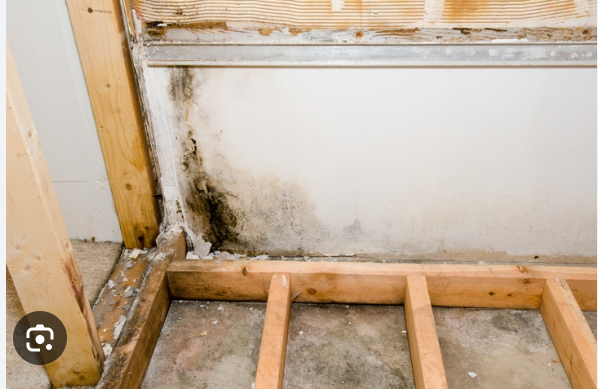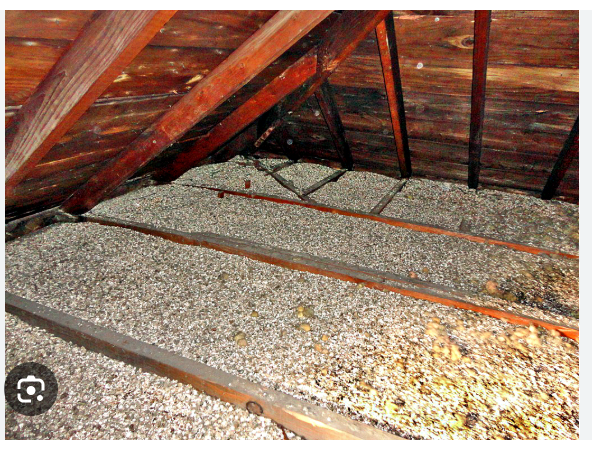Mold is a problem many homeowners in Calgary face, especially in areas where moisture and poor ventilation are common. Bathrooms and basements tend to be the first places mold shows up, and once it begins, it can spread quickly. We deal with these issues often, so we know how important it is to understand why these spaces are vulnerable. Knowing what causes the problem is the first step to protecting your home and health.
Moisture Traps in Bathrooms
Bathrooms are one of the most frequent mold trouble spots because they are damp almost every day. Steam from showers and hot water creates humidity that lingers in the air, and if there is no strong fan or window, that moisture has nowhere to go. As a result, condensation forms on mirrors, tiles, and walls. Over time, these wet surfaces become the perfect breeding ground for mold.
We also see mold grow around sinks and tubs where small leaks or splashes are common. Even if the space looks dry, water can seep into the grout, caulking, or behind the walls. Because these areas stay hidden, mold has the chance to spread before anyone notices. To reduce risk, we recommend wiping down wet surfaces and making sure fans vent outside rather than into an attic. Regular checks around fixtures help prevent small leaks from becoming larger mold problems.
Why Basements Struggle With Mold
Basements are another hotspot because they sit below ground where cool air meets warm indoor air. That mix creates condensation, especially on foundation walls and basement windows. If the space is finished with drywall or carpet, the problem can worsen since these materials hold onto moisture. Unlike bathrooms, basements often lack natural ventilation, which means dampness lingers.
Flooding or water seepage from outside makes things even worse. Heavy rain or snowmelt can push water into cracks in the foundation, and once inside, the moisture may sit unnoticed behind walls. Mold spores thrive in these dark and humid spaces. That is why many homeowners call an abatement & remediation company in Calgary when they suspect mold in the basement. Proper inspection and removal can prevent serious damage to the structure and keep indoor air safe.
Hidden Areas That Encourage Growth
While most people think of visible mold on tiles or walls, hidden areas often hold the bigger problem. In bathrooms, mold can grow behind wallpaper, under flooring, or inside the ventilation ducts. Basements often have mold behind insulation or on the backside of drywall. These hidden spots stay out of sight until the issue becomes severe.
We always suggest paying attention to signs like a musty smell, peeling paint, or spots that return even after cleaning. These are often clues that mold is hiding somewhere deeper. Once growth begins behind walls or under flooring, surface cleaning will not be enough. Professional help becomes necessary because specialized tools are used to detect and remove mold from concealed spaces. Without thorough removal, mold will continue to spread and return.
Ventilation and Airflow Challenges
One of the main reasons bathrooms and basements face mold problems is poor airflow. Bathrooms often have fans that are either too small or not vented outside. Some fans simply move the moist air into another part of the home, which does not solve the issue. A properly installed fan or a window that allows moisture to escape can make a big difference.
Basements typically do not have the same airflow as upper levels. Windows may be small, and natural circulation is minimal. Portable dehumidifiers can help keep humidity levels lower. Our team has seen that maintaining indoor humidity below 50 percent is one of the most effective ways to prevent mold. Using a hygrometer is a simple way for homeowners to monitor and control conditions before they become a serious problem.
How Daily Habits Play a Role
Often, the way we use bathrooms and basements affects how much mold risk develops. Taking long hot showers without turning on a fan allows steam to stay in the room. Leaving wet towels on the floor or failing to dry the tub after use also adds moisture. Even small habits like closing the bathroom door while showering can trap humidity.
In basements, storing boxes directly on the floor can block airflow and trap dampness underneath. Carpets in below-grade spaces tend to hold moisture, and once wet, they rarely dry fully. We recommend using shelves or plastic bins for storage rather than cardboard boxes. Small changes in habits can make these areas less inviting for mold and easier to keep dry over time.
The Health Effects of Mold
Mold is more than just an appearance problem. It can cause breathing issues, allergies, and other health concerns, especially for children and seniors. Bathrooms and basements are high-risk zones because people often spend time in them without realizing the air quality has been affected. A musty smell may seem minor, but it signals spores are already spreading.
We stress the importance of not ignoring early signs. Mold can grow within 24 to 48 hours after water exposure. That means a small leak, damp carpet, or poor ventilation can quickly lead to harmful air. Addressing the cause early keeps families safer and saves money by avoiding larger repairs. If you notice repeated mold growth or unexplained health issues, reaching out for professional support is a smart step.
Steps to Keep Bathrooms Safe
Bathrooms need regular upkeep to stay mold free. Wiping down tiles and mirrors after showers, cleaning grout with proper cleaners, and repairing caulking around tubs are effective habits. Installing a fan that runs for at least 20 minutes after a shower can reduce humidity. We also suggest leaving the door open after use to allow better air circulation.
Another helpful step is sealing grout lines so that water does not seep into walls. Checking under sinks for slow leaks is also important because mold often begins in areas people rarely inspect. These actions may seem simple, but they add up to strong prevention. Consistency in daily cleaning and repair habits is what makes the difference between a healthy space and a mold-prone bathroom.
Steps to Protect Basements
Basements require a different approach because of their position underground. Keeping gutters clean and directing water away from the foundation prevents seepage. Sealing cracks in concrete walls can help keep moisture out. Using a dehumidifier in warm months is a proven way to reduce dampness, and it should be emptied regularly to stay effective.
We also advise against using carpets in below-grade spaces. Instead, choose flooring that can handle moisture without damage, such as vinyl or sealed concrete. Raising storage off the floor allows air to move freely and reduces the risk of mold forming underneath. With these steps, basements can remain useful and dry even when the outside conditions are wet. If problems persist, our team can help with mold remediation in Calgary through proven solutions.
Long-Term Prevention Strategies
Preventing mold is not only about fixing issues when they appear. It involves creating an environment where mold cannot thrive in the first place. In bathrooms, that means designing with moisture control in mind, such as choosing proper tiles and installing quality ventilation. In basements, it means checking for leaks regularly and using materials suited for damp conditions.
We encourage homeowners to think of prevention as an ongoing process. Seasonal inspections, humidity monitoring, and quick response to leaks are practical habits. By staying consistent, it is possible to keep mold from becoming a repeated issue. Our company has seen firsthand how these small actions protect both health and property in the long run.
FAQ
Why do mold problems keep returning in my bathroom?
This often happens because the root cause, such as high humidity or leaks, has not been solved. Cleaning only removes the surface mold while the hidden problem remains.
Can mold grow in a basement without flooding?
Yes, even without flooding, basements can collect moisture through condensation or seepage. Mold only needs damp conditions and organic material to grow.
How can I tell if mold is hidden behind walls?
A musty odor, peeling paint, or repeated mold growth in the same area are strong signs that mold may be hiding behind surfaces.
Is a dehumidifier enough to control basement mold?
A dehumidifier helps reduce moisture, but it is not a complete solution. Proper sealing, drainage, and ventilation are also needed to prevent mold.
When should I call a professional for mold removal?
If mold covers more than a small area, keeps returning, or is in hidden spots, professional help ensures it is safely removed and does not spread.










